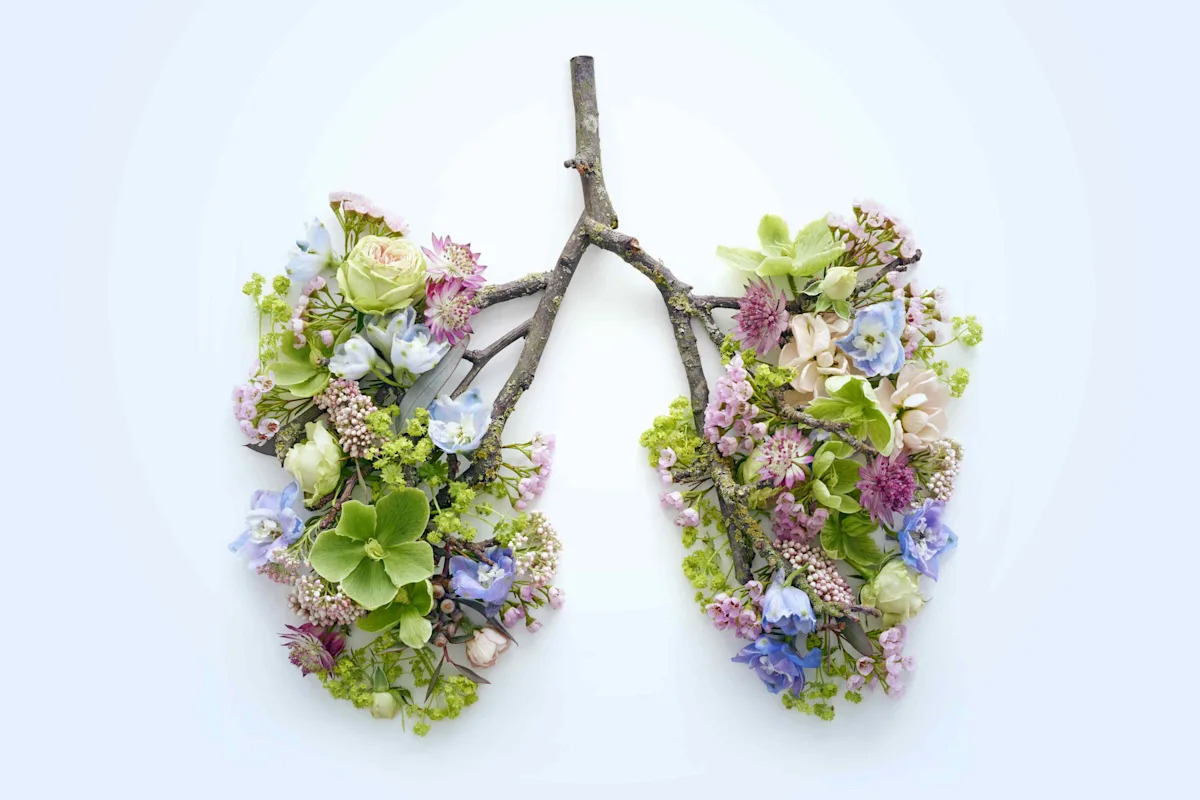Home / Health / Invisible Threats: Uncovering the Hidden Dangers in Your Home's Air
Invisible Threats: Uncovering the Hidden Dangers in Your Home's Air
13 Oct
Summary
- Everyday items like furniture, gas stoves, and cleaning products can pollute indoor air
- Air purifiers and ventilation can help reduce exposure to harmful particles and chemicals
- Certain groups, like expectant mothers and children, are more susceptible to indoor air pollution

As of October 14th, 2025, a growing body of research has uncovered the hidden dangers lurking in the air inside our homes. Everyday items like new furniture, gas stoves, and even scented candles can release volatile organic compounds, ultra-fine particles, and noxious gases that pollute the indoor environment.
While these pollutants may not be visible or have a noticeable odor, they can have serious consequences for our health. Studies have linked them to an increased risk of heart attacks, strokes, cancer, and neurological issues. Certain groups, such as expectant mothers, children, and the elderly, are particularly susceptible to the harmful effects of indoor air pollution.
To combat this invisible threat, experts recommend taking proactive steps to improve the air quality in our living spaces. Running air purifiers, ensuring proper ventilation, and opting for more natural cleaning products can all help reduce exposure to these harmful substances. Additionally, being mindful of the materials and furnishings we bring into our homes can go a long way in creating a healthier indoor environment.




